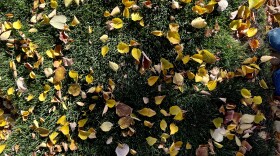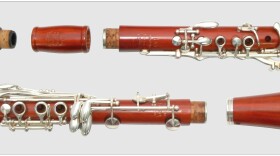
Nalini Nadkarni
Dr. Nalini Nadkarni is an emeritus professor of both The Evergreen State College and the University of Utah, one of the world’s leading ecologists and a popular science communicator. Dr. Nadkarni’s research and public engagement work is supported by the National Geographic Society and the National Science Foundation. Any opinions, findings, and conclusions or recommendations expressed in this material are those of the author and do not necessarily reflect the views of the National Science Foundation. @nalininadkarni
-
Orchestras are full of wooden instruments, but the piece that unifies the group is the one that most of us forget about.
-
You've seen coconuts, but what about the giant — and wonky — double coconuts?
-
The first time I helped my mom make a pumpkin pie for our Thanksgiving dinner, my job was to retrieve the spaces for the filling. I knew what cinnamon and nutmeg were, but what in the world was allspice?
-
It's that time of year when nature goes all-in on leaf demolition. So, what's the process?
-
In the four decades that I've studied treetop biology, I've always focused on canopy-dwelling plants. But forests also support a fascinating array of arboreal animals.
-
One of my favorite traits of maple trees is how they distribute their seeds.
-
If you look up at a forest canopy, you might see what look like tangled clusters of twigs scattered among the branches.
-
Trees grace many works of fiction. Think of the magnificent treehouse in “The Swiss Family Robinson,” a beautiful, elevated place of safety on a deserted island.
-
Clarinets are made from a tree in the rosewood family, a dense hardwood that allows makers to create instruments with long vibrations and resonant tones.
-
On a recent visit to south Florida, I was intrigued to learn about Spanish moss, a plant that looks like wispy gray hair draped in the crowns of live oak and other trees in subtropical woodlands.
-
Just how far could a primitive wooden raft get you across the ocean? According to archeologists, much further than we previously thought.
-
While on my honeymoon in the lush forests of the Great Smoky Mountains, I collected a handful of seeds of a tulip poplar tree. Over 40 years later, I still have them, nestled in my dresser drawer as a memento.












